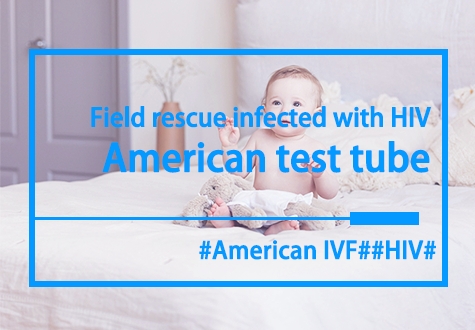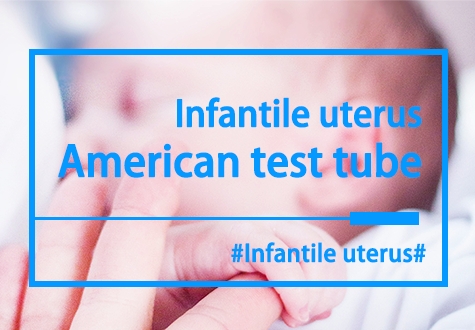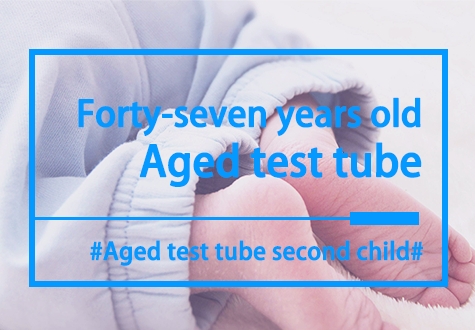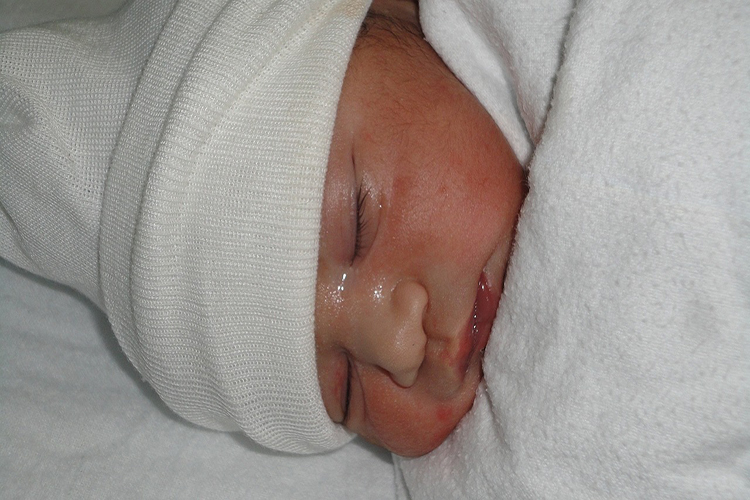Assisted reproductive technology gives hope for new life
In a special moment in early May, Wenwen, 36, welcomed a miracle in her life - a child born through assisted reproductive technology. The arrival of this little life was not a natural conception in the traditional sense, but after undergoing a series of medical procedures, including multiple hormonal stimulation, egg collection and embryo implantation, it took root in Wenwen's body. Despite the challenging pregnancy process, the child's health indicators after birth are normal, no different from those of other naturally conceived babies.

Wenwen recalls her difficult journey from infertility diagnosis to successful pregnancy. Three years ago, after suffering two miscarriages, she was diagnosed with poor ovarian function, which made it much less likely that she would become pregnant. Faced with this challenge, Wenwen chose IVF technology and began her journey of treatment. In this process, she not only has to endure physical pain, but also has to bear great psychological pressure. Wenwen is glad that she was able to realize her wish to become a mother with the help of modern medicine.
Wenwen's experience is not unique. According to data from the National Health Commission in 2022, about 300,000 test-tube babies are born in China every year, accounting for 3 percent of the total number of newborns in the country. This data shows that assisted reproductive technology is providing more and more infertile women with the opportunity to become mothers.
Wenwen's story also reminds us that the development of assisted reproductive technology is not only related to the happiness of individual families, but also of great significance to improving the fertility rate of the whole society and promoting the sustainable development of population and society. However, the application of this technology is not without challenges. In the process of pursuing the dream of motherhood, infertile women need to face not only the medical procedure itself, but also the pressure from the social, professional and personal psychological levels.
In 1978, the world's first test-tube baby was born in the UK, an event that marked a major breakthrough in assisted reproductive technology. With advances in technology, more than 10 million babies have been born through assisted reproductive technology worldwide. China began to apply IVF technology in the late 1980s, and after decades of development, it has become one of the world's leading countries in this field. According to Professor Qiao Jie, an academician of the Chinese Academy of Engineering, the pregnancy rate of assisted reproductive technology in China has reached 40%-50%, with high safety and mature technology.
Despite this, China's infertility rate is still on the rise, and has reached about 18%. Improving the treatment awareness of infertility patients and shortening the time from diagnosis to treatment is the key to improving the success rate of assisted reproduction. However, due to the lack of awareness of assisted reproductive technology, many patients miss the best time for treatment. Data from the National Health Commission show that only about 50 percent of infertile patients who want to have children go to the hospital, and less than 25 percent actually receive assisted reproductive technology treatment.
In addition, social awareness and acceptance of infertility issues still need to be improved. Many patients delay treatment because of stigma, which discourages them from seeking professional medical help or because they believe in informal treatment methods. Therefore, strengthening the science education of assisted reproductive technology and improving the public's awareness of infertility issues is crucial to improving the treatment rate.
Workplace support for infertile women is also important. While many women seek assisted reproductive treatment, they also face pressure to advance their careers. Building a women-friendly and childbearing workplace environment will have a positive effect on reducing their stress and increasing fertility rates. Some domestic and foreign enterprises have made positive attempts in this regard, such as providing assisted reproductive welfare, implementing flexible work system, and setting up "good pregnancy stations" to provide employees with a full range of fertility support.
Wenwen's story is the epitome of countless infertile women realizing their dreams of motherhood through assisted reproductive technology. It tells us that although the road is full of challenges, hope and persistence will eventually lead to light. With the improvement of social awareness and technological progress, we have reason to believe that in the future, more women like Wenwen will be able to usher in their own children through assisted reproductive technology and realize the dream of becoming a mother.














